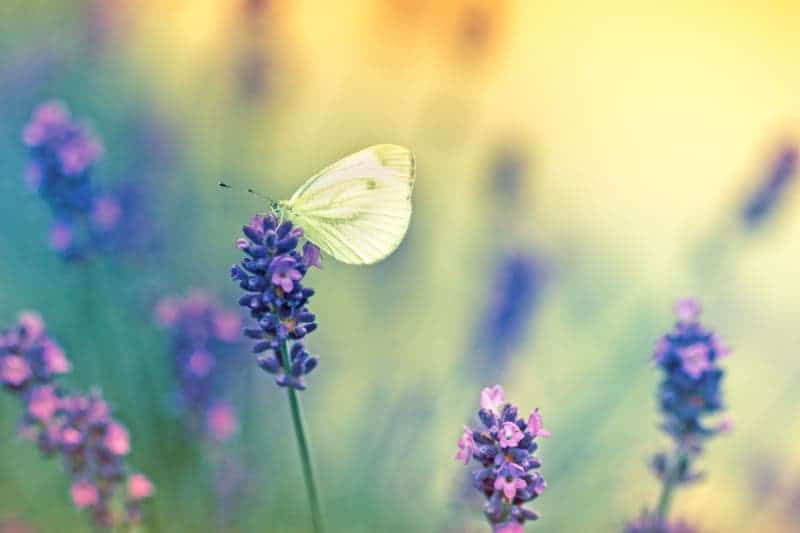Butterflies and dragonflies with lighter colors are bettering their darker counterparts in the face of global warming.
Science shows once again just how big of a fingerprint global warming has on all life on Earth – as temperatures get higher and higher, communities of butterflies and dragonflies consist of more lighter coloured species. Darker colored insects move to cooler areas, while lighter colored ones thrive and expand to more habitats.
In a new study published in Nature Communications, scientists from Imperial College London, Philipps-University Marburg and University of Copenhagen analyzed how climate change is affecting butterflies and dragonflies. As with lizard and snakes, for them, body color plays a huge role in the way they absorb heat and energy from the sun; darker colored insects absorb more energy from the sun, which is really good in areas with low sun exposure. But as the temperatures go up, that starts to be a burden more than an advantage. In hotter climates, the advantage is being able to protect yourself from the heat and prolonged exposure – which is why lighter colored insects are starting to thrive.
“We now know that lighter-coloured butterflies and dragonflies are doing better in a warmer world, and we have also demonstrated that the effects of climate change on where species live are not something of the future, but that nature and its ecosystems are changing as we speak,” concluded Professor Rahbek, who is also Director of the Center for Macroecology, Evolution and Climate at the University of Copenhagen.
In order to check if it is indeed the rising temperatures causing this change or some other factor, they used a combination of digital image analysis, which scanned and measured colour values of butterfly and dragonfly wings and bodies and distributional data which mapped where in Europe the species are found.
Overall, they analyzed the distribution of 366 butterfly species and 107 dragonfly species across Europe. Generally speaking, light-coloured insects dominated the warmer south of Europe and darker insects dominated the cooler north – nothing surprising here.
They then looked at the changes in distribution over a period of 18 years, from 1988 to 2006. Results showed that on average insects were becoming lighter in colour, and that darker-coloured insects were shifting towards the cooler areas in Western margins of Europe, the Alps and the Balkans.
Lead author Dirk Zeuss from Philipps-University Marburg in Germany said:
“When studying biodiversity, we lack general rules about why certain species occur where they do. With this research we’ve been able to show that butterfly and dragonfly species across Europe are distributed according to their ability to regulate heat through their colour variation. Until now we could only watch the massive changes in the insect fauna during the last 20 years. Now we have an idea of what could be a strong cause of the changes.”










